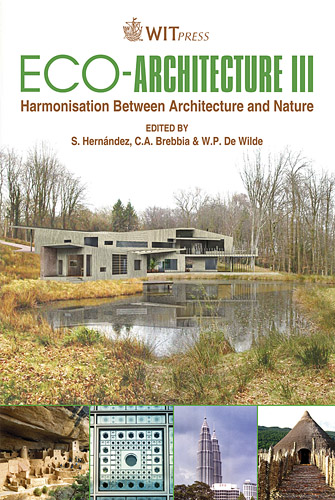Sustainable Development And Heritage: \“trabocchi” And The Rules For Building On The Coast
Price
Free (open access)
Transaction
Volume
128
Pages
13
Page Range
245 - 257
Published
2010
Size
998 kb
Paper DOI
10.2495/ARC100211
Copyright
WIT Press
Author(s)
M. C. Forlani, M. Borrone & D. Radogna
Abstract
The purpose of this study is to promote tourism as a basis for the sustainable development of the territory, in particular of the Teatina coast in the province of Chieti – Abruzzi. This study is focused on the maintenance and recovery of the \“trabocchi” (ancient wooden fishing huts built on stilts) which are paradigmatic instances of the building praxis of the \“genius loci”. The study is aimed at pointing out the role played by these constructions in determining conditions for sustainable development in relation to bathing facilities. We must consider that the elements on which tourist promotion of the territory is based can be easily put aside in a project which is not understood in all its implications and aspects. In these highly vulnerable areas, tourism has an impact on both physical and image development and might be relevant in causing strong anthropic pressure on the natural environment. The improper use of the territory can quickly cancel cultural memory and threaten one’s sense of history, giving space to a landscape which is homologated or even alienated from the false icons of local material culture. The study we present here is the result of a commission of the Province of Chieti to carry out an integrated project where each action (exploitation of nature, bathing facilities, link with the urban and inland agricultural, recovery and re-use of emerging manufactured products for services, sustainable alternate mobility) is strongly connected to the others, and each choice has to be valued according to the results in the other sectors. The first part of this work involves formulating rules to build new \“trabocchi” and determine the elements needed to define the required surroundings. In short, these new constructions must be located within acceptable \“scenery” that reflect
Keywords
sustainable development, coastal environment, trabocchi, heritage





